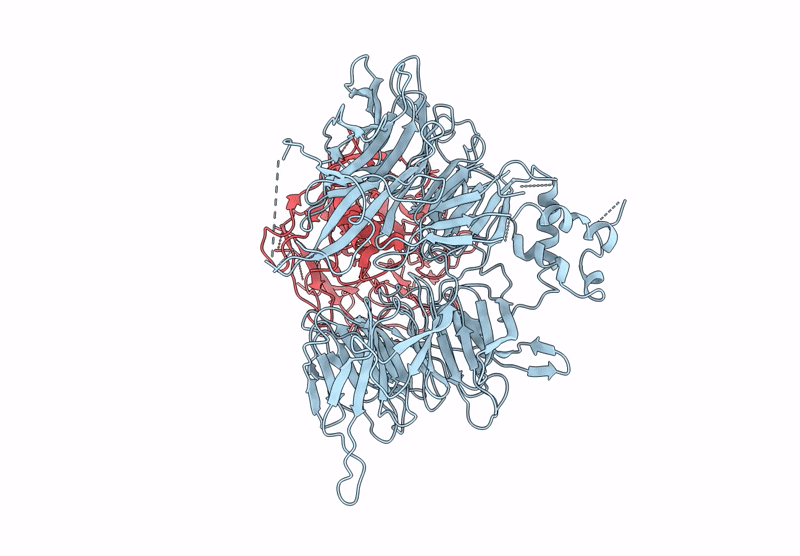
Deposition Date
2024-07-23
Release Date
2025-04-23
Last Version Date
2025-07-16
Method Details:
Experimental Method:
Resolution:
3.55 Å
Aggregation State:
PARTICLE
Reconstruction Method:
SINGLE PARTICLE


